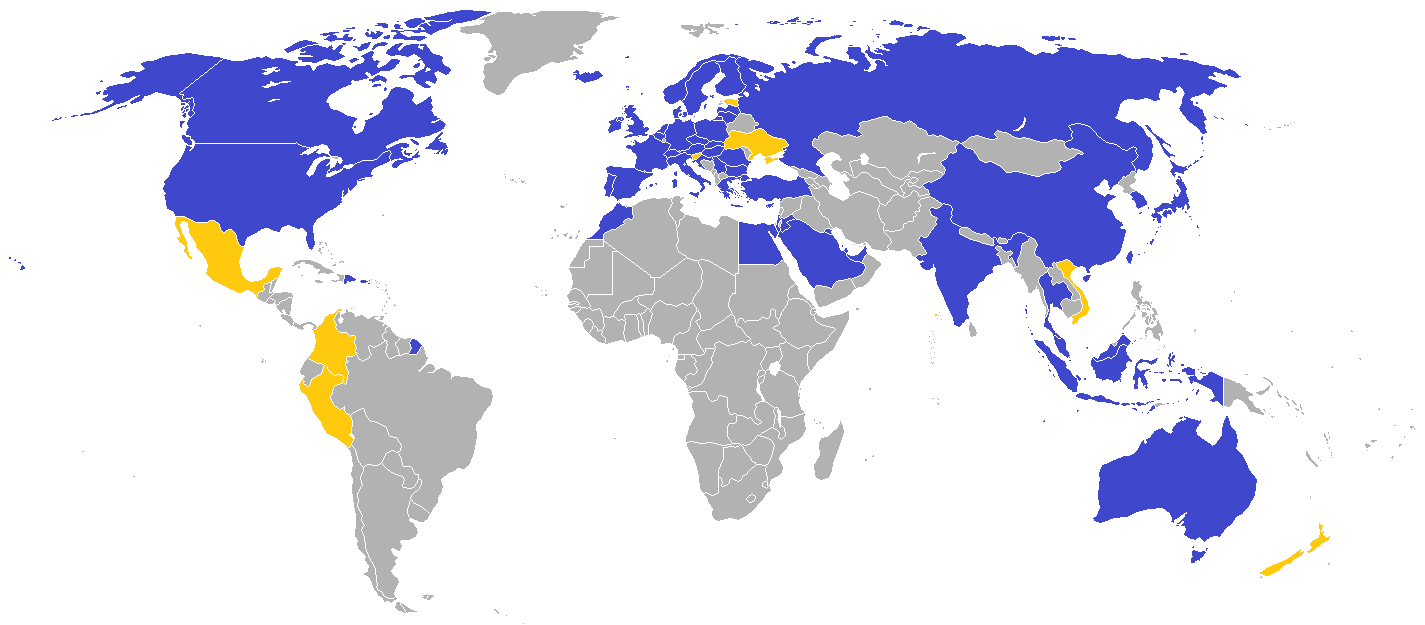For anyone of my current age group, the next ten years earlier, and certainly any years later, Danish furniture is widely considered to some of most, if not the very most popular furniture to have and use. When I was younger, I had always thought IKEA furniture was popular for having a high standard of quality and a modern and sleek aesthetic. However, even the young and naive version of myself was able to determine part of that to be a falsehood after a few unstable drawers too many. It really prompted me to think, even then, why something as important as home furniture was desired despite using lower quality materials and needing to be assembled. I believe Hansen and I reached the same ultimate conclusion, being that the reputation of the Danish brand far preceded itself all across the world. A physical manifestation of the beloved adage "fake til you make it" in the sense that the furniture didn't just fly off the shelves because of how fantastic it was, but of how fantastic people made it out to be, propagating an intense lust for the "Danish Modern" aesthetic. In today's world, it seems so very easy for Danish interests to strengthen their position through modern communication and capitalizing on the global desire for the latest thing.

note: countries VASTLY different from Denmark in the far reaches of the world have their stores and sell their items.
blue: current ikea stores
yellow: future
gray: N/A
https://upload.wikimedia.org/wikipedia/commons/7/7f/Map_of_ikea_stores_around_the_world_2014_2015.png
It would not be a stretch to acknowledge how much Americans love British imagery, culture, accents, and even people, simply for being British and "foreign" and literally no other reason. It becomes far more reasonable to believe that clever marketing and ingenuity brought the Northern states to the forefront. Extrapolating this logic, the idea of something can essentially exceed the actual practice and use of the object in question. Consider the United States of America, having developed the image of being known as a land of freedoms, especially for immigrants. Symbols like the Golden Gate Bridge in the West and the Statue of Liberty in the East stand as beacons of faith for weary peoples. The very mention of America, the land of dreams, even with no legal means of getting there, can evoke unbridled desire and yearning for the chance to live in this place and describe a reasonable sense of the power of a brand. For a brand "helps tell the world about ourselves". Though, recent figures of transnational migration between the U.S. and Mexico, in Mexico's favor would challenge the principal national aesthetic that the United States holds for being the land of opportunity for people. I wonder if the understanding of this norm will lead to a further shift from quality to aesthetic in the world.
Hansen, Per H.. “Networks, Narratives, and New Markets: The Rise and Decline of Danish Modern Furniture Design, 1930-1970”. The Business History Review (2006): 449–481.

No comments:
Post a Comment